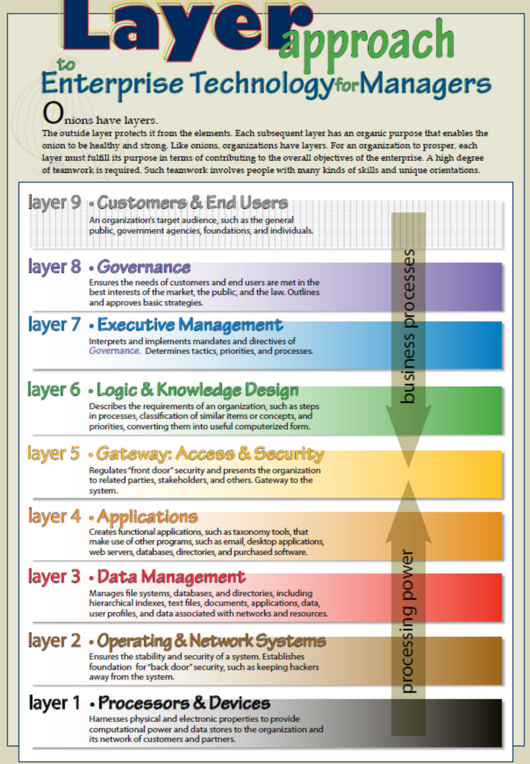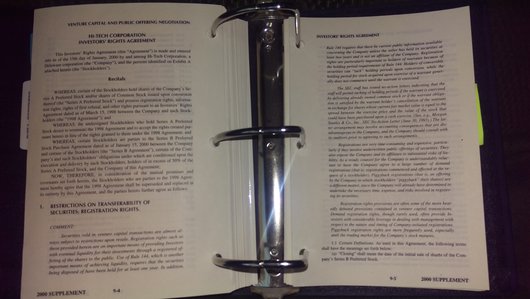High profile technology (HPT)
Technology decisions have been made in the board room for decades now. This has allowed for much distortion of technology's prospects. Boards of directors should not make technology decisions; they shouldn't have to. They should be able to govern under conditions of dual control and fluidity.

Technology has never been "vetted"
Alan Turing and Alonzo Church had a good idea. If you can arrange for machines to loop through a process, you can use them to mimic human thought. This idea caught fire, but not in the right way. It is not that guidance was no available, but great insight in 1969 by an American accountant, George Sorter, was considered, then hijacked and ignored. The result has been a catastrophic disaster for society. Like the famous "spaghetti" criticism of software, there is little context that can be depended on. That which exists is easily and routinely compromised, used against the the people in question, famously.
There are two underlying problems, both resolvable. First of all, the knowledge of the best and brightest of us, in their areas of expertise and knowledge, is not available to us all. This is the larger of the two problems, in that it eliminates great possibilities. It puts a lid on what we can rationally expect.
Second, those who are empowered are not by their nature informed. The means test for relevance in the technologically-driven world of the Internet is technical savvy -- it is programming ability. This is insufficient as a means test. In fact, by its nature, it skews systems features in directions favored by individuals with limited social and interpersonal capabilities. Thus, we have social network tools designed by people with limited social skills. We have accounting systems designed by people with very limited conceptions of what accounting should account for. We have systems that should incorporate aspects of vast findings in science and nature that do not even have a clue about them.
The answer lies in layers
Technologists consider layers. Layers also matter in governance. Although there is some overlap in the concepts in question, layers from perspectives of governance and management are very different from those documented in technology literature and documentation. They represent kinds of expertise that are mutually-supportive, building to an infrastructure to assist the enterprise in meeting the needs of its customers above all, also the various stakeholders involved in its successes and failures.
There are nine layers. Each is color-coded. Another example of this are aircraft carrier personnel, who wear uniforms that quickly designate the nature of their responsibilities. In the layered model, the colors in question should be supported within the enterprise for clarification of responsibiilities and so that there is a minimum of confusion.
At the top, the checkered combination is to connote the 'checkered flag', representing success. The organization exists to meet the needs of those people, organizations, societies, etc. Purple is governance, interpreting those needs at the top. Blue is management, green is tree, or process design, etc., all the way to the bottom. There is the black layers, representing hardware, and raw computational power.
The green is the most important of these from a dual control and an HPT perspective. This is where authority meets knowledge and expertise; the other layers exists to support these critical functions. Of course, people enter the green sector -- essentially, get green tags -- only if they earn their way in by means of their authoritative positions or their acknowledged expertise. The fact of the matter is that when the digital barrier is removed, such experts will very quickly leave any and all persons outside of the fields in question 'in the dust'.
Investment covenants need to support these
Success in bringing authority and knowledge together cannot be left to chance. These need to be explicitly covered in the corpus of governing agreements. They should be covered in incorporation documentation and statements of purpose for the organization. This is also the case with respect to investment agreements, which form the basis for governance relationships in many cases.



